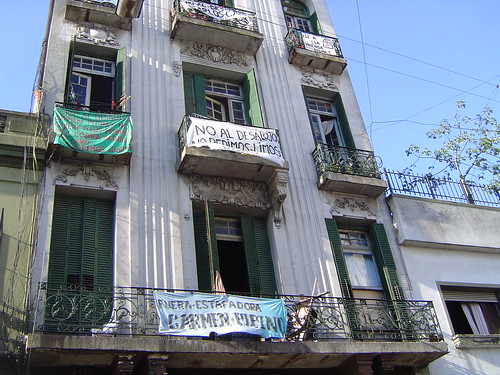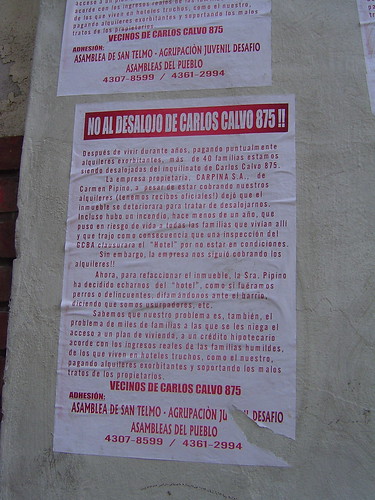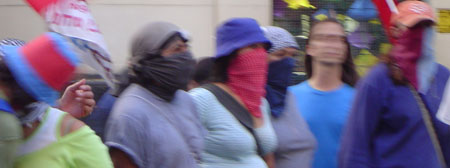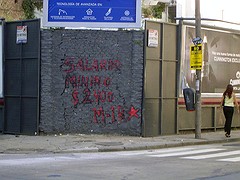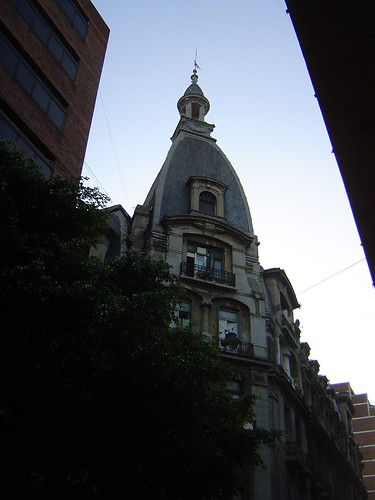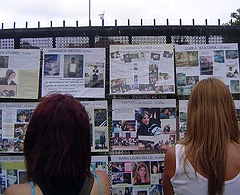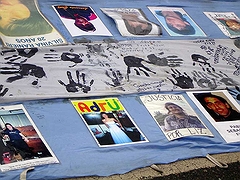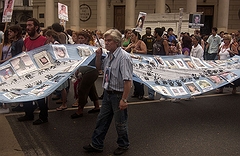Grown weary of those cliché articles about traveling to South American cities, the stylized descriptions of snazzy hotels and restaurants imitating trends elsewhere? A highly regarded publication out of Virginia, though much under read compared to its glitzy New York counterparts, offers another perspective on the texture of life in South America through an issue devoted entirely to South America in the 21st Century.
The Virginia Quarterly Review consistently publishes some of the best writings around. True to its subheading of being a journal of literature and discussion, this special issue presents both fiction and non-fiction as well as poetry. Note that this special issue is available entirely on the Web and includes six additional online articles not included in the print edition.
This issue, however, does not seek to explicate the first half millennium of the continent’s modern existence, but rather to assess its place now and look toward the future. The essays cover a broad spectrum of topics”“from the scrap cardboard collectors of Buenos Aires to the drug wars and political corruption of Colombia, from the soy farms of the Brazilian Amazon to the riot-seized streets of Caracas, from the boys of Suriname who dream of becoming European soccer stars to the transsexuals of Lima who dream of life on the streets of Paris. In selecting work for this issue, we chose the pieces that compelled our interest and rewarded our repeated readings; in the process, we’ve tried to gather the multiplicity of experiences and voices and histories that comprise this part of the world. Not a complete picture, of course”“such a thing couldn’t be assembled, not in three hundred, or three thousand pages”“but the beginnings of one. We wanted to challenge anachronistic, outdated notions about the continent, offer some insight into the complexity of its nations and peoples who live there.
Co-edited by the Peruvian-born writer Daniel Alarcón, the issue includes some articles originally appearing in etiqueta negra, a wonderfully designed publication out of Peru; those who read Spanish should certainly explore the writings in etiqueta negra, too.
Albinos and the White Train
Readers of this blog may be particularly interested in two articles involving Argentina: Aicuña Is Not an Albino Town and The White Train.
Toño Angulo Daneri, along with photographer Paola de Grenet, traveled to a remote village of three hundred people in La Rioja known for its high rate of albinism. But what they find is something much more revealing, a factor that characterizes many small communities throughout the continent:
Trade, communication, globalization, and other facets of the modern world pose frightening hazards to a village that wants only to be left alone. Aicuña, as I have found it, with boys riding donkeys through the dust, with its lone taxi and its communal telephone, will not survive this century unscathed.
Everyone residing in Buenos Aires or have visited the Argentine capital should be familiar with the struggles of another group of people, the cartoneros. J. Malcolm Garcia takes a ride on The White Train and, along the way, takes a few timely jabs at Macri: “Macri, whose family has a city sanitation contract, has vowed to find “a definitive solution to the problem of the cartoneros.””
Does Macri want to create a more efficient and humane system for the cartoneros or is he instead protecting the interests of companies with sanitation contracts”“companies such as his own? So far, no cartonero”“or anyone else for that matter”“has demanded answers to this and a much larger question: Is it Macri’s hope to eliminate the cartoneros all together?…
There is one factual error to the article when it refers to Macri’s campaign posters: “He smiles beside his smiling wife and promises va a estar bueno buenos aires.” The unmarried Macri was next to his vice-mayoral candidate Gabriela Michetti. Update: See comment below from the VQR editor explaining how this error came about and that it will be corrected in the online edition.
Included with the article is an excellent documentary The Ghost Train by Gabrielle Weiss that I encourage everyone to view. Even if you live here in Buenos Aires and see the cartoneros out on the streets every night, this little film provides a glimpse into their lives.
Read on
There is much more to this issue of VQR, including a segment on cartoonist Liniers as well as a selection from the late Roberto Bolaño’s Nazi Literature in the Americas. Those interested in Bolaño or literary translation might want to read this interview with Chris Andrews, who also has translated Argentine writer César Aira.
